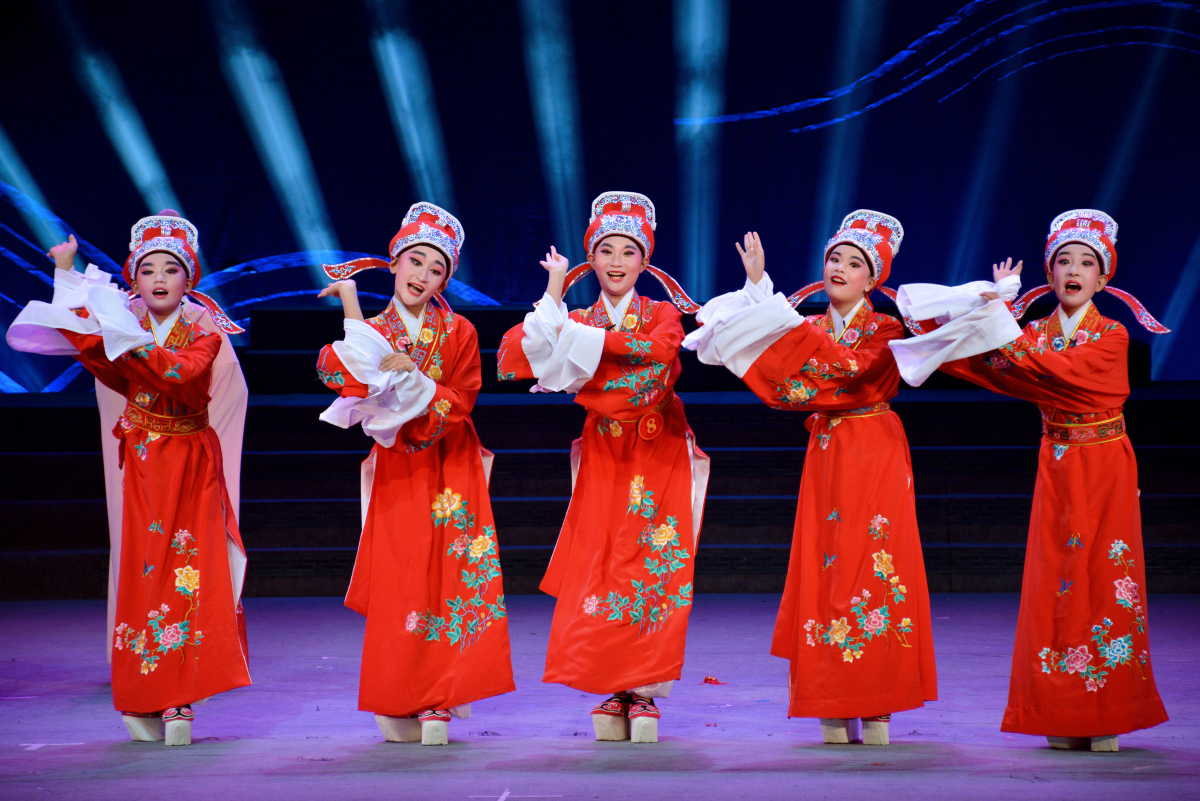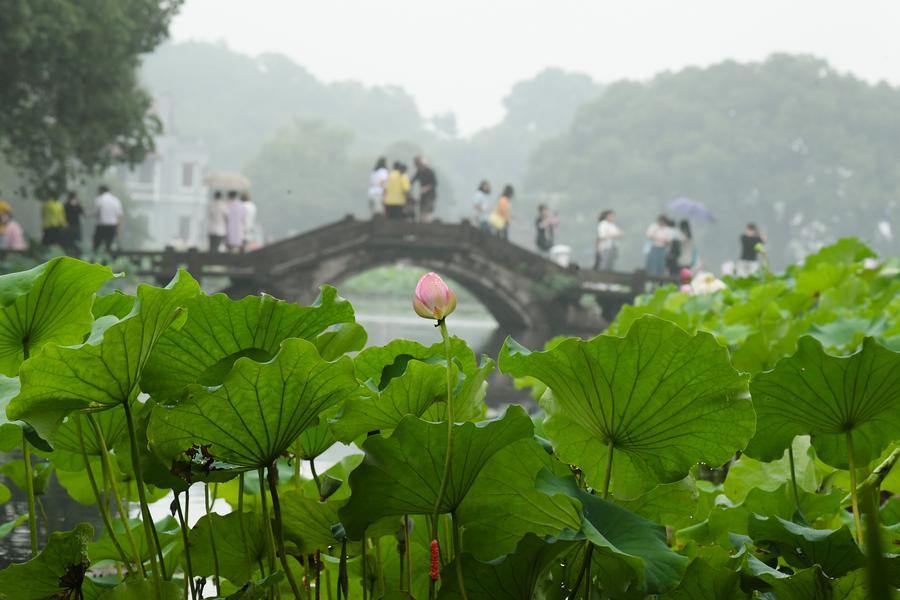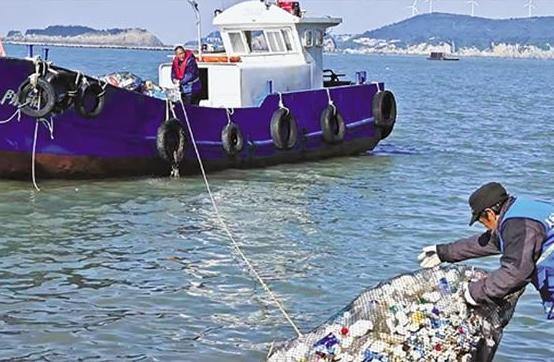
As an important integral part of Zhejiang folk music, Zhejiang opera music refers to the tunes used in operas prevalent in Zhejiang Province such as Nan Qu (south tune), Yuyao Tune, Haiyan Tune. Each tune finds its way into its opera with distinct characteristics. With the rise of some new kinds, like Yue Opera originating from the early singing-and-talking music and folk songs in the Ming and Qing Dynasties, Zhejiang opera music becomes even more abundant and colorful. Zhejiang opera music falls into the categories as follows:
Nan Qu
Nan Qu was the tune of the early Nan Xi (Southern Opera). It featured a combination of the elements from traditional music, music of the minority groups such as Fan Qu, and religious music such as Buddhist tunes and Taoist tunes. The structure of Nan Qu was relatively free and did not have strict modes or metrical lyric. In the course of development, Nan Qu fully absorbed the strength of Bei Qu and created a new form with the mixture of the two. Once it arrived at a place, it combined with the local music and gave birth to many new local opera tunes.
Gao Qiang
Gao Qiang followed the traditions of early Nan Qu with its structure settled in a single cycle. Though most of the tunes retained the same name as those in Na Qu and Bei Qu, their melodies changed. Most of the Bei Qu tunes were south-ized into the five modes of musical scales and were integrated into the style of Gao Qiang. Gao Qiang tunes were passed around orally with no written musical scores. But besides the hand-written copies of lyric of Diao Qiang and Song Yang Gao Qiang, there were usually some marks for hint or to aid memory. These marks indicated the tendency of the tune, the drum beat positions, the stressed sentences and the length of the prolonged sentences.
Qu Qiang
Qu Qiang originated from Suzhou prevailed in the Zhejiang for a long time. It gradually absorbed the local dialects, folk music and opera elements. Following the traditions of Nan Qu and Bei Qu, Kun Qiang had fixed patterns for the lyrics and fell into two categories, namely, south tunes and north tunes.
Luan Tan
Luan Tan was the general name of the seven tunes from Wu Opera, Shao Opera, Ou Opera, Luan Tan Opera of Taizhou, Luan Tan Opera of Zhuji, He Opera and Ping Diao Opera of Ningbo. Zhejiang Luan Tan had "San Wu Qi" and "Er Fan" as its representatives. The former blended the characteristics of both Gao Qiang and Kun Qiang whereas the latter was much like the clapper opera of the north. They were believed to originate from clapper opera Yang Qiang tunes (viz. Kun Yi Qiang, abbr. Bang Zi Qiang) and clapper opera Luan Tan tunes (abbr. Luan Tan Qiang) formed in the south of Anhui province before the Mid-Qing Dynasty. It was Shi Pai Qiang Troupe and Anhui Troupe that brought them into Zhejiang.
Tan Huang
Tan Huang, initially known as "An Kang" or "Hang Tan", was a folk art performance prevailing around Hangzhou. It featured four types of roles covering the male character, female character, character with a painted face and clown and the cast usually consisted of five to nine performers. Its lyrics were mainly composed of seven sentences and the singing was always accompanied by such instruments as San-Xian (Chinese tri-chord), Hu-Qin (two-stringed Chinese violin), pi-pa, Sheng (a reed pipe wind instrument), Xiao (a vertical bamboo flute), flute and Gu-Ban (clappers). It died out during the "Cultural Revolution". Now the only things left are the recorded 120 traditional acts.




